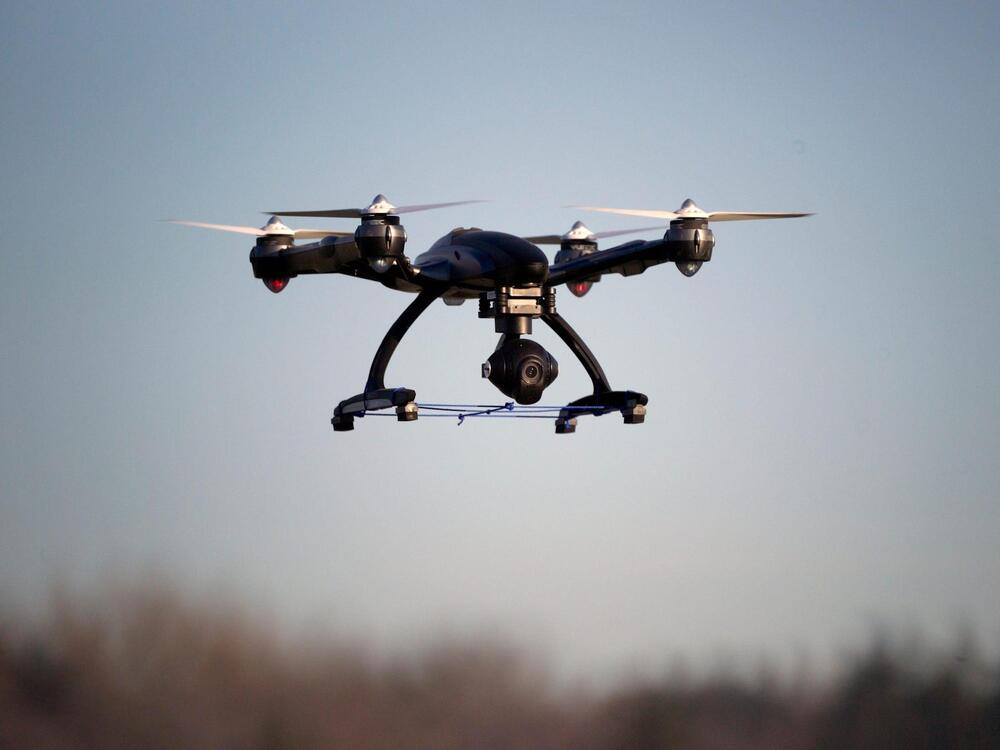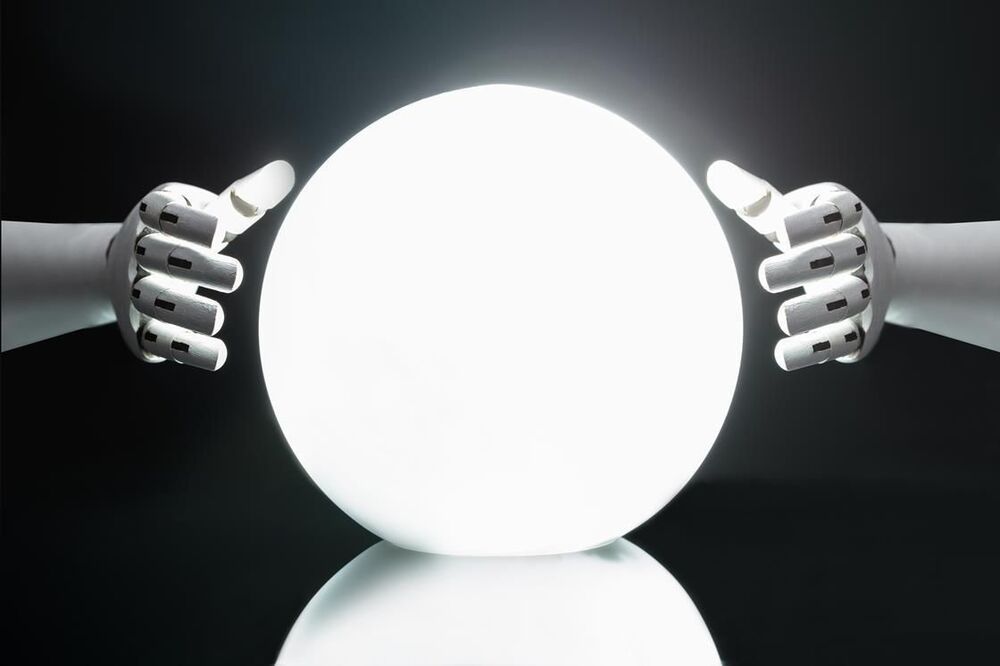The recycling industry has struggled with a trillion-pound global landfill issue, but breakthrough plastic package replacements and recycling robots are here.


Nvidia Corp. wants to transform enterprise computing completely by making data centers run 10 times faster at one-10th the cost.
Nvidia Chief Executive Jensen Huang (pictured) is crafting a strategy to re-architect today’s on-premises data centers, public clouds and edge computing installations with a vision that leverages the company’s strong position in artificial intelligence architectures. The keys to this end-to-end strategy include a clarity of vision, massive chip design skills, new Arm-based architectures that integrate memory, processors, I/O and networking, and a compelling software consumption model.
Even if Nvidia is unsuccessful at acquiring Arm Ltd., we believe it will still be able to execute on this strategy by actively participating in the Arm ecosystem. However, if its attempt to acquire Arm is successful, we believe it will transform Nvidia from the world’s most valuable chip company into the world’s most valuable supplier of integrated computing architectures.

Oh, joy. You can take the drone out of 2020, but you can’t take the 2020 out of the drone.
A “lethal” weaponized drone “hunted down a human target” without being told to for the first time, according to a UN report seen by the New Scientist.
The March 2020 incident saw a KARGU-2 quadcopter autonomously attack a human during a conflict between Libyan government forces and a breakaway military faction, led by the Libyan National Army’s Khalifa Haftar, the Daily Star reported.
The Turkish-built KARGU-2, a deadly attack drone designed for asymmetric warfare and anti-terrorist operations, targeted one of Haftar’s soldiers while he tried to retreat, according to the paper.

A new map of dark matter made using artificial intelligence reveals hidden filaments of the invisible stuff bridging galaxies.
The map focuses on the local universe — the neighborhood surrounding the Milky Way. Despite being close by, the local universe is difficult to map because it’s chock full of complex structures made of visible matter, said Donghui Jeong, an astrophysicist at Pennsylvania State University and the lead author of the new research.
“We have to reverse engineer to know where dark matter is by looking at galaxies,” Jeong told Live Science.

I think we should. If it is corrupt or makes mistakes, it will at least be correctable.
LONDON — A study has found that most Europeans would like to see some of their members of parliament replaced by algorithms.
Researchers at IE University’s Center for the Governance of Change asked 2769 people from 11 countries worldwide how they would feel about reducing the number of national parliamentarians in their country and giving those seats to an AI that would have access to their data.
The results, published Thursday, showed that despite AI’s clear and obvious limitations, 51% of Europeans said they were in favor of such a move.
Weird now, but i do think most people will want humanoid robots faking emotions, to some degree, and on the far end people who will want them to try and mimic people exactly.
Columbia Engineering researchers use AI to teach robots to make appropriate reactive human facial expressions, an ability that could build trust between humans and their robotic co-workers and care-givers. (See video below.)
While our facial expressions play a huge role in building trust, most robots still sport the blank and static visage of a professional poker player.
With the increasing use of robots in locations where robots and humans need to work closely together, from nursing homes to warehouses and factories, the need for a more responsive, facially realistic robot is growing more urgent.


Scientists say the system could be used to find ‘hidden gems’ of research and guide research funding allocations.
An artificial intelligence system trained on almost 40 years of the scientific literature correctly identified 19 out of 20 research papers that have had the greatest scientific impact on biotechnology – and has selected 50 recent papers it predicts will be among the ‘top 5%’ of biotechnology papers in the future.1
Scientists say the system could be used to find ‘hidden gems’ of research overlooked by other methods, and even to guide decisions on funding allocations so that it will be most likely to target promising research.
But it’s sparked outrage among some members of the scientific community, who claim it will entrench existing biases.

Between the rolled eyes, shrugged shoulders, jazzed hands and warbling vocal inflection, it’s not hard to tell when someone’s being sarcastic as they’re giving you the business face to face. Online, however, you’re going to need that SpongeBob meme and a liberal application of the shift key to get your contradictory point across. Lucky for us netizens, DARPA’s Information Innovation Office (I2O) has collaborated with researchers from the University of Central Florida to develop a deep learning AI capable of understanding written sarcasm with a startling degree of accuracy.
“With the high velocity and volume of social media data, companies rely on tools to analyze data and to provide customer service. These tools perform tasks such as content management, sentiment analysis, and extraction of relevant messages for the company’s customer service representatives to respond to,” UCF Adjunct Professor of Industrial Engineering and Management Systems, Ivan Garibay, told Engadget via email. “However, these tools lack the sophistication to decipher more nuanced forms of language such as sarcasm or humor, in which the meaning of a message is not always obvious and explicit. This imposes an extra burden on the social media team, which is already inundated with customer messages to identify these messages and respond appropriately.”
As they explain in a study published in the journal, Entropy, Garibay and UCF PhD student Ramya Akula have built “an interpretable deep learning model using multi-head self-attention and gated recurrent units. The multi-head self-attention module aids in identifying crucial sarcastic cue-words from the input, and the recurrent units learn long-range dependencies between these cue-words to better classify the input text.”

Amid the rapid digitalisation of China’s economy, the second-biggest in the world, Midea’s factory represents a snapshot of the future – one in which manufacturing processes and employees need to adapt to increased automation and machine-driven learning.
Machines are increasingly taking over China’s assembly lines as manufacturers upgrade and prepare for fewer, higher-skilled workers.